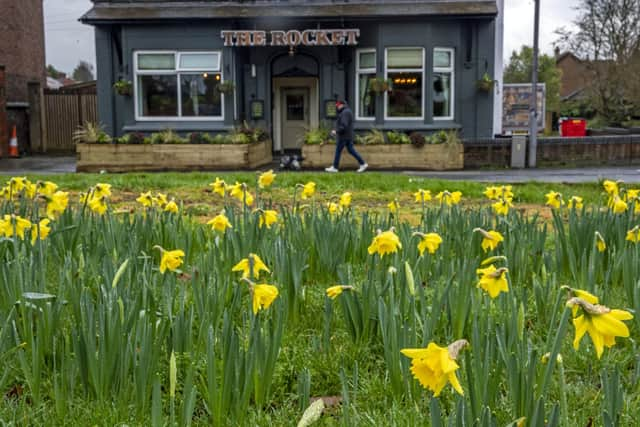Ben Lowry: The gradual joy of January, and the way that daylight returns


It was, he explained, a useless phase in the calendar, a hangover month — literally so, for people who are suffering the after effects of lots of alcohol consumption, and metaphorically too, for a population that is burnt out socially and physically after the over indulgences of the festive season.
He seemed to be partly boasting about being a party animal.
Being less cool than that, I think of January as one of the better months of the year.


Advertisement
Hide AdAdvertisement
Hide AdIt does not match the very best periods in the seasons, say the accelerating joy of March, or the miracle of late May, when everything is in full bloom, when the days are super long and getting longer still, when a full summer lies ahead and when the climate is beginning to get dependably warmish.
But there is a simpler pleasure to January, which is the gradual but relentless return of daylight.
It is so marginal at first as to be like slowly freeing yourself from a puritanical diet, such as allowing yourself a little more sugar each day. Soon the change is noticable.
In a few weeks we go from the deep darkness of mid December to that almost bright month of February.
Advertisement
Hide AdAdvertisement
Hide AdToday the sun will set in Belfast at 4.47pm. This is almost a full extra hour of evening daylight on the shortest sunset time of 3.57pm (which is on December 17, before the solstice).
And the coldest days of the year may still be ahead, but all around us are signs of the gradual return of life in vegetation that this increased daylight generates.
• Ben Lowry (@BenLowry2) is News Letter deputy editor